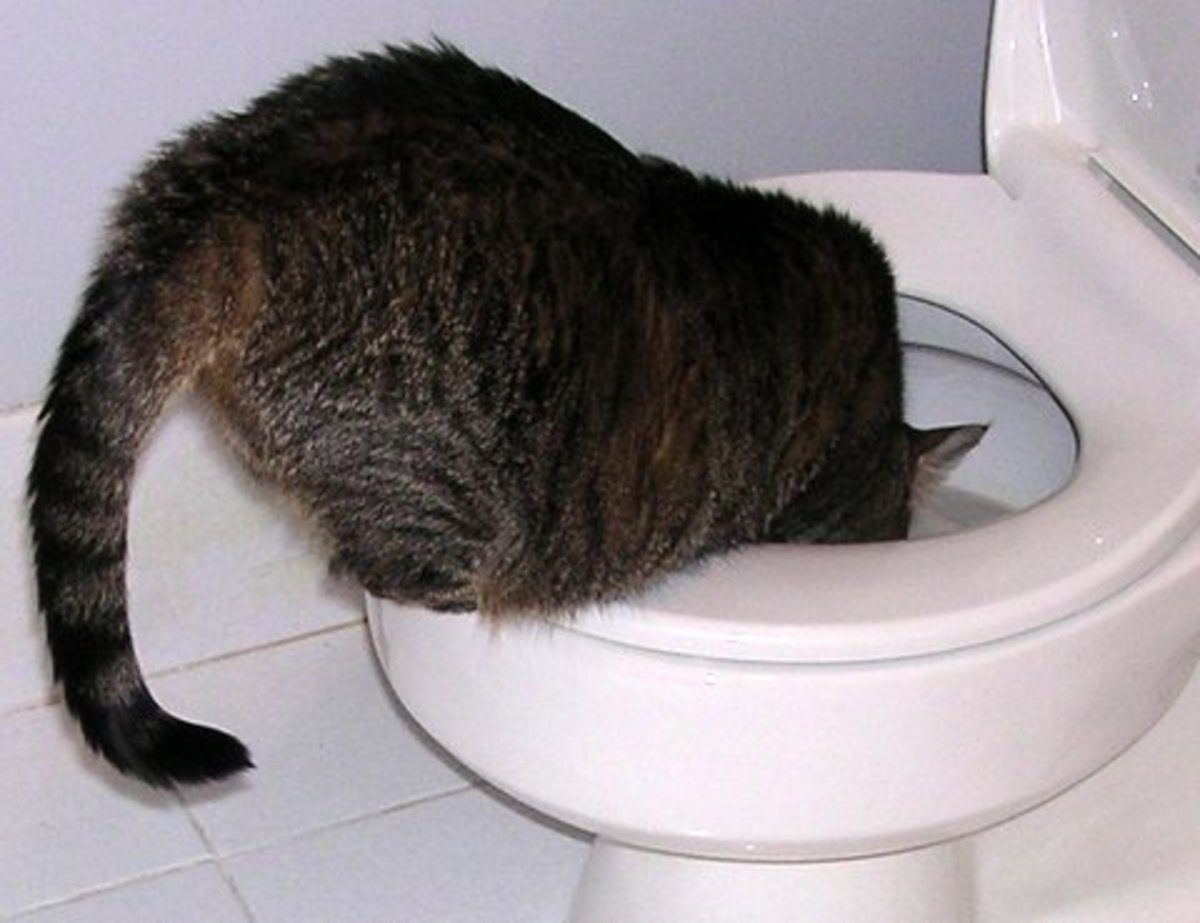Reasons Flushing Cat Poop Down Your Toilet Can Cause Problems - Tips for Safe Handling
Reasons Flushing Cat Poop Down Your Toilet Can Cause Problems - Tips for Safe Handling
Blog Article
We have encountered this post about How to Dispose of Cat Poop and Litter Without Plastic Bags below on the net and believe it made sense to talk about it with you in this article.

Intro
As cat proprietors, it's important to be mindful of how we dispose of our feline close friends' waste. While it might seem hassle-free to flush cat poop down the commode, this practice can have detrimental repercussions for both the environment and human wellness.
Alternatives to Flushing
The good news is, there are much safer and more accountable ways to take care of feline poop. Consider the complying with alternatives:
1. Scoop and Dispose in Trash
One of the most common technique of dealing with cat poop is to scoop it right into a biodegradable bag and throw it in the garbage. Make sure to make use of a devoted clutter scoop and take care of the waste quickly.
2. Usage Biodegradable Litter
Opt for eco-friendly cat clutter made from materials such as corn or wheat. These trashes are eco-friendly and can be safely thrown away in the trash.
3. Bury in the Yard
If you have a backyard, consider burying pet cat waste in an assigned location far from vegetable gardens and water resources. Be sure to dig deep enough to avoid contamination of groundwater.
4. Mount a Pet Waste Disposal System
Invest in a family pet garbage disposal system specifically created for pet cat waste. These systems use enzymes to break down the waste, minimizing smell and ecological impact.
Health and wellness Risks
Along with ecological concerns, flushing feline waste can likewise posture health and wellness risks to humans. Feline feces may consist of Toxoplasma gondii, a bloodsucker that can cause toxoplasmosis-- a potentially serious health problem, especially for pregnant ladies and people with damaged body immune systems.
Ecological Impact
Purging cat poop introduces hazardous microorganisms and parasites into the water system, posing a significant danger to water environments. These impurities can adversely affect marine life and concession water quality.
Conclusion
Accountable pet possession extends past supplying food and sanctuary-- it additionally entails proper waste management. By avoiding purging cat poop down the commode and opting for alternate disposal techniques, we can reduce our environmental impact and protect human health.
Why Can’t I Flush Cat Poop?
It Spreads a Parasite
Cats are frequently infected with a parasite called toxoplasma gondii. The parasite causes an infection called toxoplasmosis. It is usually harmless to cats. The parasite only uses cat poop as a host for its eggs. Otherwise, the cat’s immune system usually keeps the infection at low enough levels to maintain its own health. But it does not stop the develop of eggs. These eggs are tiny and surprisingly tough. They may survive for a year before they begin to grow. But that’s the problem.
Our wastewater system is not designed to deal with toxoplasmosis eggs. Instead, most eggs will flush from your toilet into sewers and wastewater management plants. After the sewage is treated for many other harmful things in it, it is typically released into local rivers, lakes, or oceans. Here, the toxoplasmosis eggs can find new hosts, including starfish, crabs, otters, and many other wildlife. For many, this is a significant risk to their health. Toxoplasmosis can also end up infecting water sources that are important for agriculture, which means our deer, pigs, and sheep can get infected too.
Is There Risk to Humans?
There can be a risk to human life from flushing cat poop down the toilet. If you do so, the parasites from your cat’s poop can end up in shellfish, game animals, or livestock. If this meat is then served raw or undercooked, the people who eat it can get sick.
In fact, according to the CDC, 40 million people in the United States are infected with toxoplasma gondii. They get it from exposure to infected seafood, or from some kind of cat poop contamination, like drinking from a stream that is contaminated or touching anything that has come into contact with cat poop. That includes just cleaning a cat litter box.
Most people who get infected with these parasites will not develop any symptoms. However, for pregnant women or for those with compromised immune systems, the parasite can cause severe health problems.
How to Handle Cat Poop
The best way to handle cat poop is actually to clean the box more often. The eggs that the parasite sheds will not become active until one to five days after the cat poops. That means that if you clean daily, you’re much less likely to come into direct contact with infectious eggs.
That said, always dispose of cat poop in the garbage and not down the toilet. Wash your hands before and after you clean the litter box, and bring the bag of poop right outside to your garbage bins.
https://trenchlesssolutionsusa.com/why-cant-i-flush-cat-poop/

We were brought to that editorial on Can You Flush Cat Poo or Litter Down the Toilet? from someone on our other web property. Enjoyed our blog? Please share it. Let other people find it. Bless you for your time. Visit us again soon.
Book Appointment Report this page